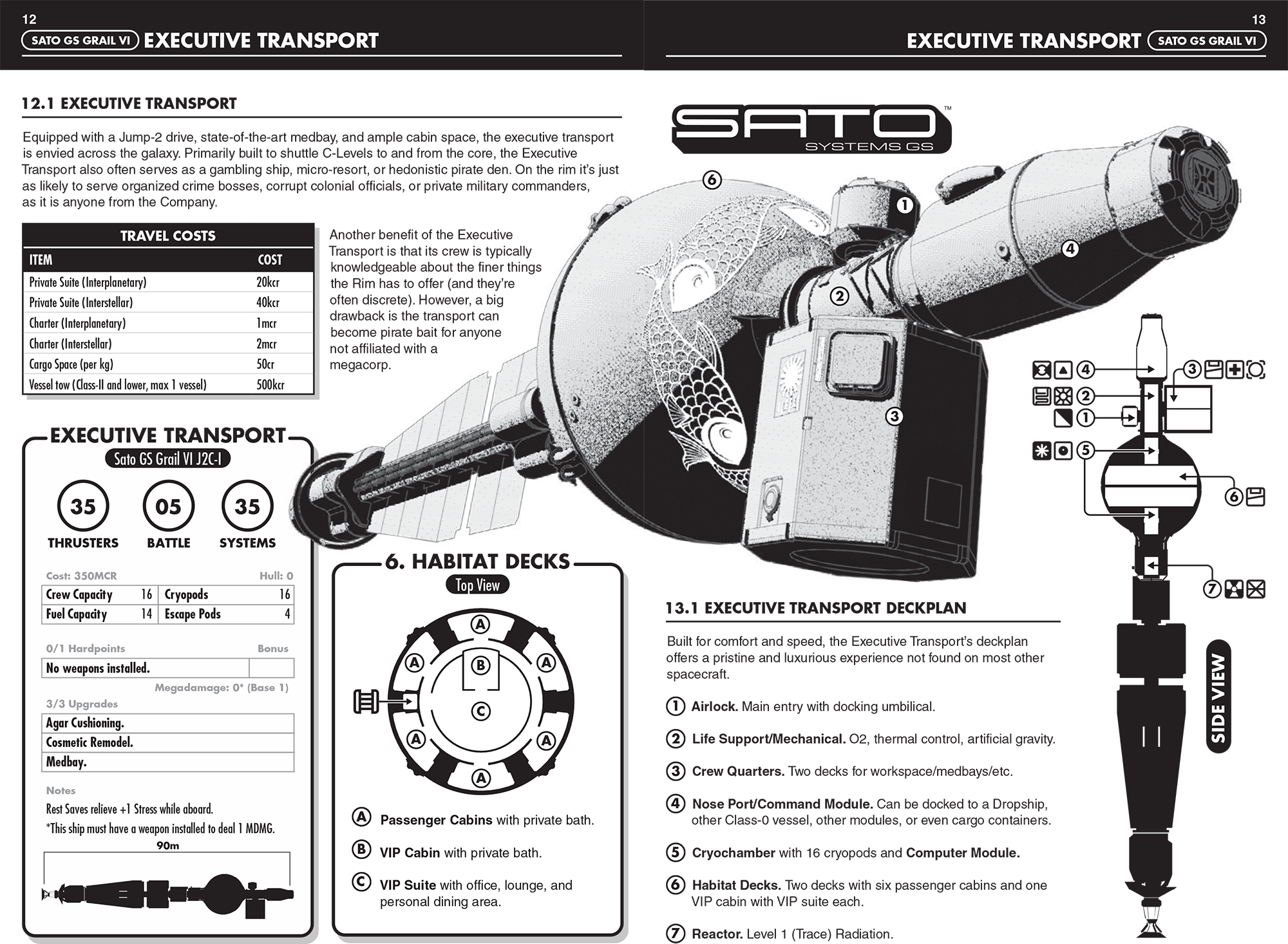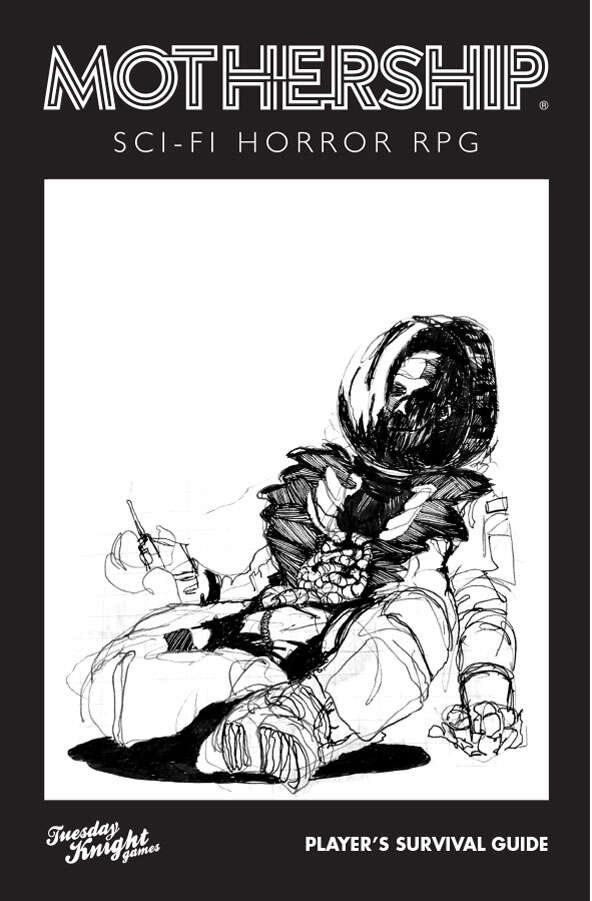
SESSION 39C: LIBERATION OF THE SLAVES
June 14th, 2009
The 22nd Day of Kadal in the 790th Year of the Seyrunian Dynasty
While the others helped Tee finish stripping down the shivvel and treasure chambers, Tor and Elestra escorted the prisoners back upstairs. When they reached the stairs leading up into the sanctuary hall, Elestra held the prisoners back while Tor cautiously climbed the stairs.
Their caution was well-advised: An ambush had been laid. As Tor poked his head above the floor of the sanctuary, a mass of ratlings – apparently freshly returned to the temple – charged him.
Tor became a whirling dervish – a one-man electrical storm – at the top of the stairs, holding off the churning wall of fur. Several of the ratlings leapt down onto the stairs behind him, surrounding him utterly, but they were no match for the speed or ferocity of Tor’s electrical blade.
When the furious job was done, Tor and Elestra quickly got the prisoners up the stairs and out the front door of the temple. They sent them, with money in their pockets and food in their bellies, to the watch station in Delvers’ Square.
With that done, they quickly searched the bodies of the ratlings Tor had killed. One of them found a note:
SHUUL CATSBIRD
They took it back to Tee and the others, who were just finishing packing away the gold. It didn’t take them long to figure out what the note meant: Greyson House was located on Catbird Street and the Shuul ran the Foundry. The ratlings had tracked at least two of the crates they had delivered during the Arathian Job.
“It’s a good thing they have no one to report to now,” Tee said.
Tee took them back to where she had detected the secret door in the tunnel. It didn’t take her long to find the concealed latch. Another twisting tunnel led to a small chamber with a nest of ratted cloth mounded up against one wall. The walls themselves were thickly covered with sheets of parchment. Hearing there were papers to study, Ranthir pushed forward, and discovered they were hundreds of documentation papers. With a sick feeling in his stomach, he realized that they most likely belonged to the countless people the ratlings had kidnapped off the streets.
“How could this many people go missing without anyone noticing?”
“It’s a big city,” Elestra said with an uncharacteristic grimace.
Tee, meanwhile, had been poking through the matted mess of the nest. Buried in is midst was a scrap of useful paper:
SEWER TUNNELS TO OLDTOWN
This well-drawn map details a route through the sewer tunnels leading south from the Blessed Bridge and up to a specific, although unmarked and undescribed, location in Oldtown.
A few minutes later they joined Elestra and Nasira where they still stood watch over the southern tunnel and prepared themselves to journey even deeper into the ratlings’ lair.
Running the Campaign: Reputation – Campaign Journal: Session 40A
In the Shadow of the Spire: Index















